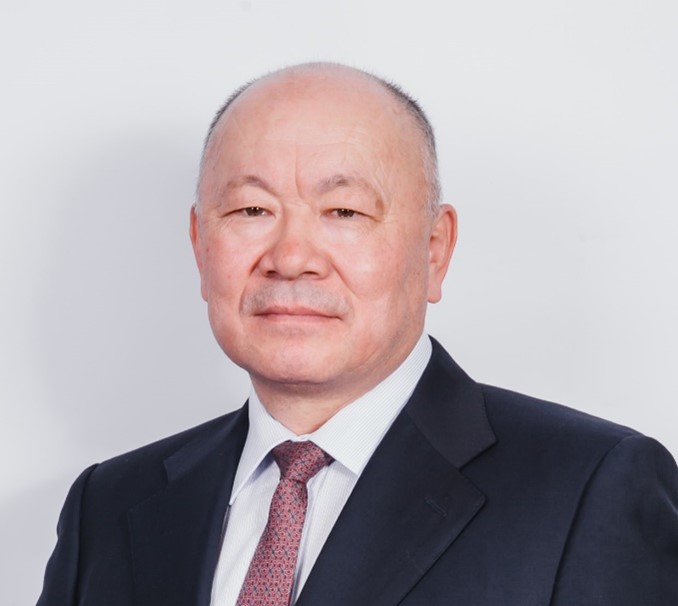The dynamically growing economies of Central Asia, including Kazakhstan, and Mongolia are currently hindered by a growing deficit of energy resources, necessitating additional energy and water resources.
The current energy and water situation in these countries is complex, as evidenced by recent relations both within and between these nations. This complexity could lead to serious conflicts even soon, needing swift geopolitical solutions. Despite being a global leader in natural uranium production, the region has not taken significant steps in recent years to modernize its energy and water supply systems. Prolonged discussions and promises to develop nuclear energy in the region, despite its potential to help the region move away from coal and become more water-efficient, have remained largely unimplemented.
Recent initiatives in nuclear energy, such as small modular reactors, tolerant fuel, and nuclear fuel recycling, indicate a new, safer level of nuclear energy. The parallel strengthening of industrial infrastructure could accelerate the development of the region's countries and address issues related to water, energy, and eco-crisis. According to the International Atomic Energy Agency (IAEA), electricity from nuclear power plants stabilizes CO2 emissions today, with a potential reduction in the future. Globally, there is a renewed interest in nuclear energy, with the U.S. and the UK pushing for a tripling of nuclear energy use by 2050. Italy, previously against nuclear energy, has formed a working group to develop a national nuclear energy development strategy to launch a new reactor within 10 years. China claims the ability to simultaneously build 20 1.2-gigawatt reactors, and Poland expresses readiness to build over 100 small modular reactors. These plans have inspired uranium producers, with companies like Nex Gen Energy (Canada) announcing projects to produce 10,000 tons of uranium annually.
The strategic and energy interests of global powers may converge in Central Asia, given the region's control over global uranium production. French President Macron's visits to Mongolia, Kazakhstan, and Uzbekistan in 2023 are linked to France's desire to expand uranium supplies due to the need to replenish stocks for French nuclear power plants following the cessation of uranium mining in Niger. Russia's subsequent visit to Kazakhstan by Putin also indicates energy interests and a desire to build nuclear power plants in Kazakhstan using Russian technology.
Against this backdrop, Kazakhstan's recent aspiration to export green energy to Europe derived from solar, wind, and hydrogen may seem somewhat fantastical. While utilizing the resource potential of sun, wind, and vast empty territories is enticing, it currently remains more of an idea. Moreover, for hydrogen production, water is required, which is already in short supply. Investing significant funds without guarantees in a raw project while unable to meet our own energy needs from renewable sources seems less promising. According to the Paris Agreement, Kazakhstan must increase its share of green energy to 50% by 2050 and transition entirely to it by 2060. Currently, the country's green energy contribution is at 5%, with the realistic upper limit around 15%.
Urgent geopolitical decisions could allow the region to rapidly address energy security and technological development issues. The ball is in the politicians' court.



-optimized.jpg)




